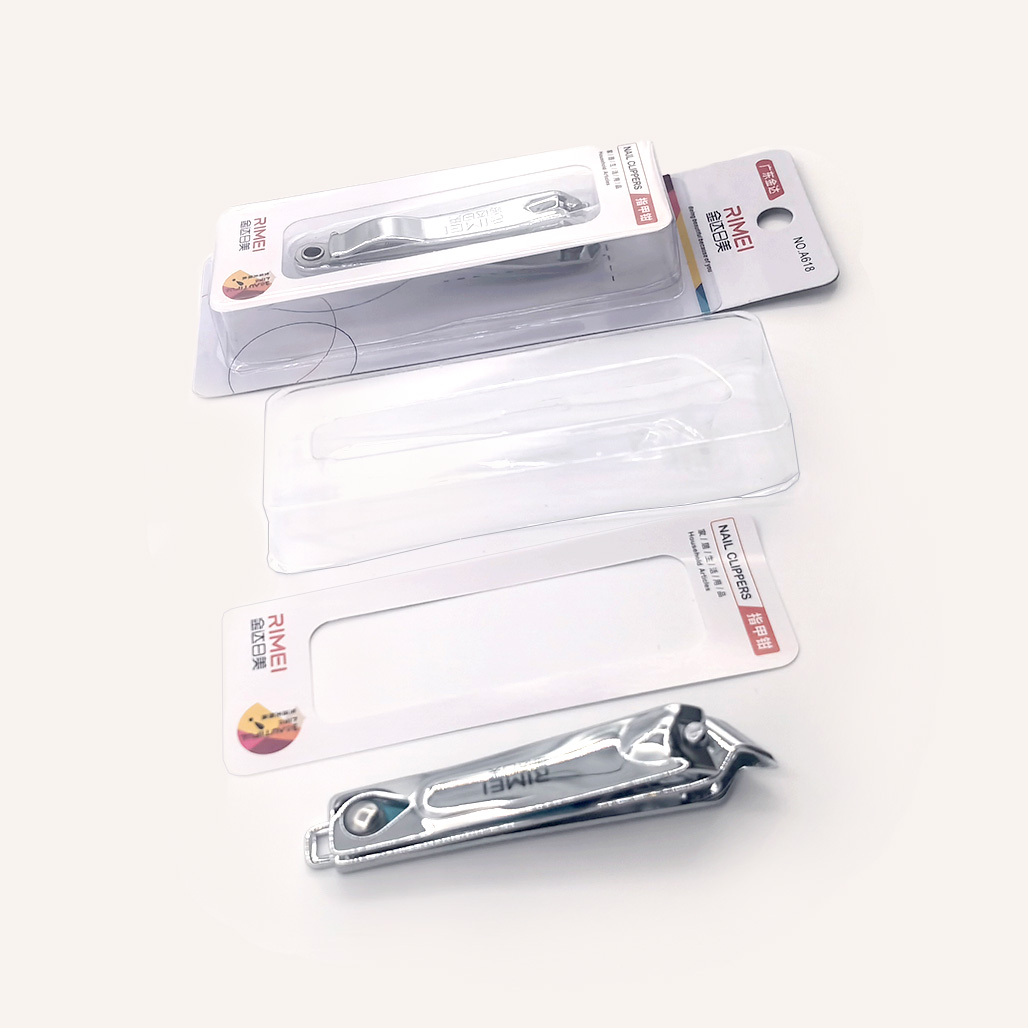Vacuum formed packaging, also known as containerless packaging, can save a lot of packaging raw materials, reduce packaging waste, and meet the requirements of moderate and reduced packaging advocated globally.
Vacuum formed packaging is a new packaging technology and material developed in the 1980s, which began to be used for packaging solid small items such as tablets, pills, sanitary pills, sugar cubes, etc.
With the gradual rise of plastic flexible packaging, the application of vacuum formed packaging is becoming more widespread.
In recent years, vacuum formed packaging has begun to be used for packaging small electrical products in China. Many large household appliances are packaged with hard packaging to support and fix the upper and lower parts of the packaging, and high-strength transparent plastic film is used on the outside. Many small household appliances, such as burners, DVDs, EVDs, etc., have started to use vacuum formed packaging for their packaging.
This is aimed at products that only require protection of their edges and corners, and do not need to be packaged as a whole. Paper profiles are used as protective packaging materials for their edges, corners, tops, and bottoms, which comprehensively reflect their environmental protection, cost, and commercial promotion, opening up a new path for packaging reduction. The main advantages of vacuum formed packaging are that it saves raw materials, is lightweight, easy to transport, has good sealing performance, and meets the requirements of environmentally friendly and green packaging; Can package any shaped product without the need for additional cushioning materials during packaging; The packaged product is transparent and visible, with a beautiful appearance, easy to sell, and suitable for mechanized and automated packaging, which facilitates modern management, saves manpower, and improves efficiency. Vacuum vacuum forming packaging is carried out on specialized packaging machinery.

In recent years, with the development of product packaging towards mechanization and automation, manufacturers of thermoforming packaging machinery have developed rapidly. There are already multiple professional manufacturers of vacuum vacuum forming packaging equipment at home and abroad. Although the structural types of vacuum forming packaging machines are different, their principles are basically similar.
The working principle of vacuum vacuum suction packaging is that a thermoplastic composite plastic film is heated and softened by an infrared heating plate to sink. A pre made corrugated cardboard is placed on the vacuum suction cup workbench, on which the packaged electrical products are placed.

When the film is softened to a certain extent by heating, the vacuum suction cup worktable is pushed up by compressed air, causing the packaged product to come into contact with the film with the magnetic side of the software, while opening the vacuum chamber valve.
At this time, the air between the product and the film is sucked into the vacuum chamber through the vacuum hole, so that the hot adhesive side of the film is tightly adhered to the product and the pallet.

Then, the outer surface of the film is cooled by a fan, and the excess edge material is cut off. The corrugated cardboard is folded into a long square box shape after vacuum forming, and the packaging box interface is pasted with tape to form the packaging. According to the size of the product and the needs of each manufacturer, 3 to 5 products can be placed in one packaging box.




